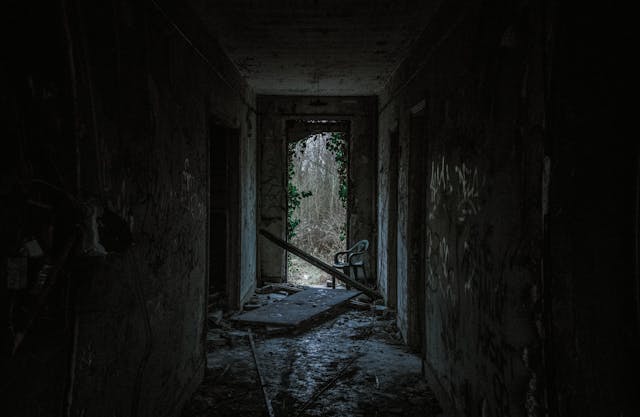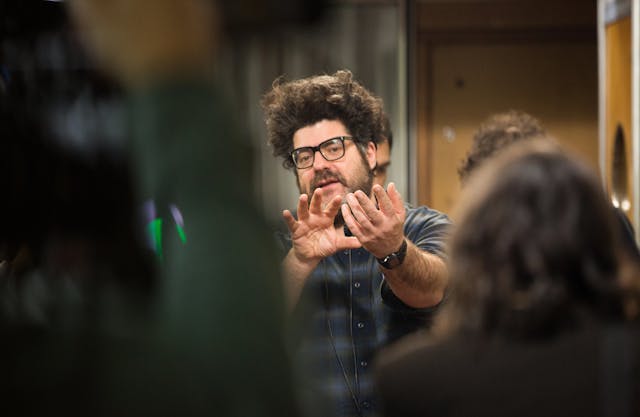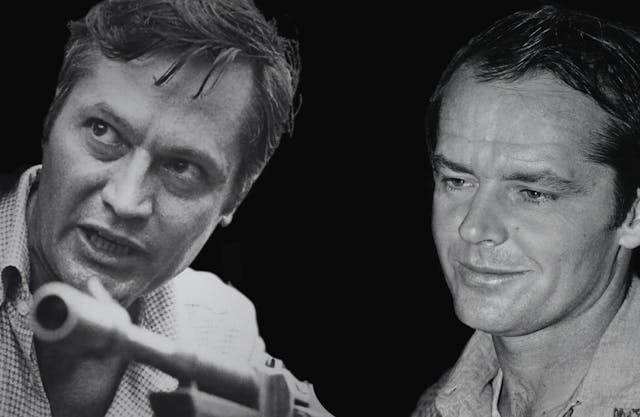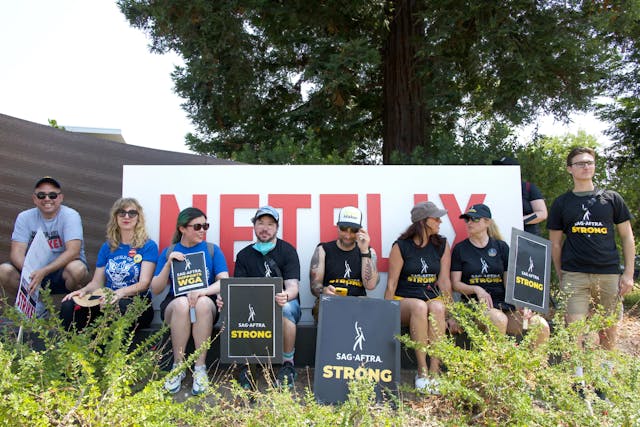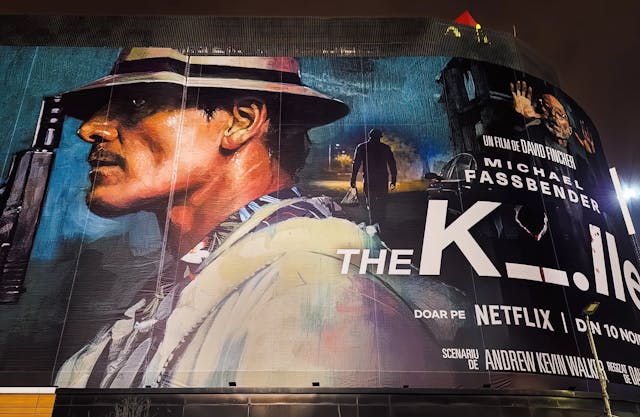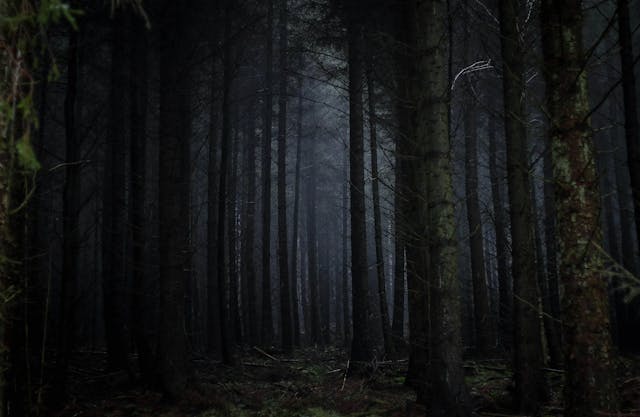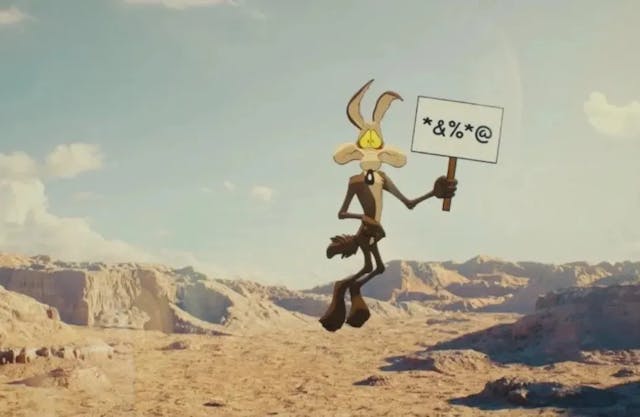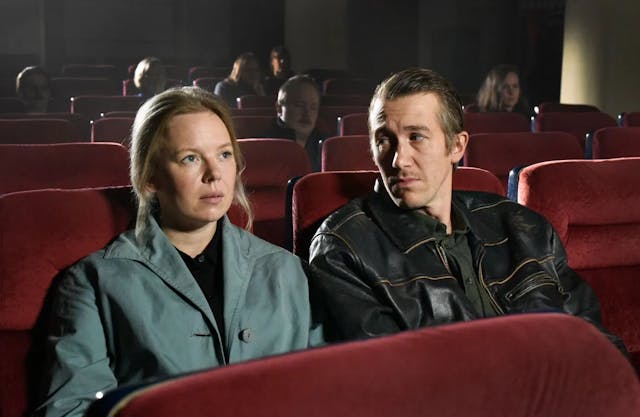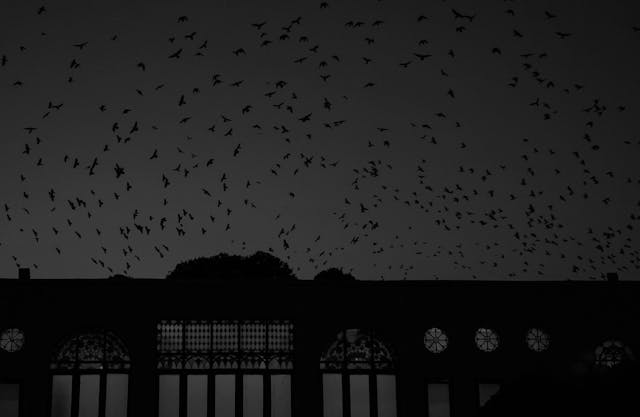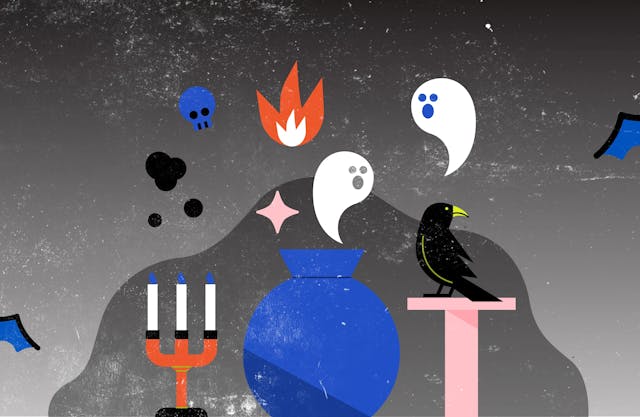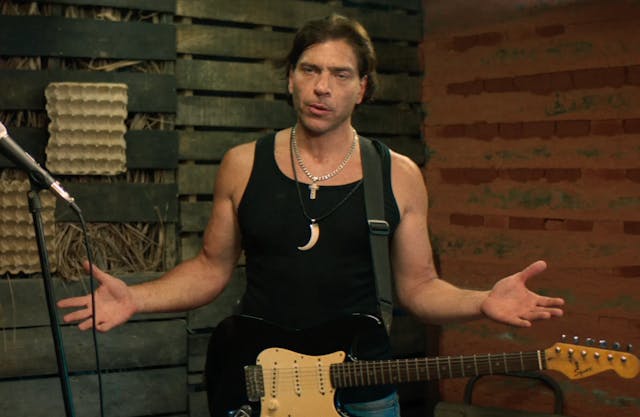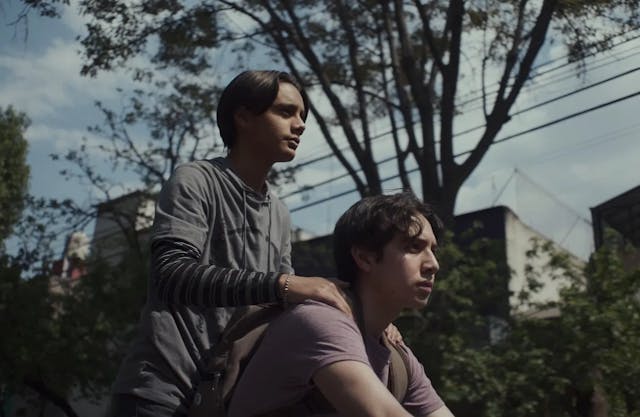"Foxy Brown" And The Rise Of Pam Grier In Blaxploitation Indie Movies

It’s not by chance that “Foxy Brown” shares a last name with “Jackie Brown.” Director Quentin Tarantino made what some critics deem his best, more mature movie as a homage to Pam Grier. The actress gave her striking presence to both characters. The validation was a long time coming. The queen of Blaxploitation cinema began her career toiling in Roger Corman’s factory of low budget movies, starting with the girls-in-prison drama “The Big Doll House” (1971). The Pope of Pop Cinema could recognize budding stars at the drop of a hat. Jack Nicholson was one of many stars who paid his dues in Corman movies. That project introduced her to director Jack Hill, who would go on to direct her in her two signature roles of the era: first, “Coffy” (1973) and then, “Foxy Brown” (1974).
The two crime movies are intimately connected. “Coffy” provided Grier with her biggest role to date, as a sexy nurse punishing a gang of drug dealers after her sister falls in the throes of addiction. The indie movie was successful enough for Corman to green-light a sequel. “Foxy Brown” began film production as such, but it was revamped as a stand-alone film with new character names along the way, perhaps because the dramatic arch is so similar.
Foxy Brown takes no bull from anyone, but the men in her life keep dragging her down. First in line is her brother, Link (Antonio brown), a small-time drug dealer in trouble with a ruthless gang. The movie's opening shows Link stalked by two white hoodlums in a tense standoff on a taco stand - this movie is very L.A. -. Link manages to sneak into a phone booth and calls Foxy to ask for her. She promptly saves him after running the men with her car.
The last thing Foxy needs is to keep the troublesome Link at home. She is about to meet her boyfriend (Michael Anderson), an undercover federal agent who had to undergo plastic surgery to change his face after infiltrating a drug trafficking ring. But one man’s hero is another man’s rat. Thanks to a newspaper clipping, Link recognizes him and sells him out to get the mob off his case. Way to thank your sister, man! The hoodlums execute him right on the doorstep of Foxy’s home. And off she goes on a mission of vengeance.
Queens of Blaxploitation
“Coffy” and “Jackie Brown” provided a feminist twist on the blaxploitation movement by making women the protagonists, with agency, grit, and good looks - every outfit Foxy wears is ridiculously fabulous. The female heroes were equal to “Shaft” (1971). The name was enough to carry a movie and put butts in the seats and cars in the drive-in. You may feel like the acting is lacking - especially in the gang of white villains -but there is no denying the magnetic presence of Grier, her beauty, and empathy. For all the cultural significance blaxploitation carried, systemic racism prevailed by limiting the opportunities talent like her would find. While Grier had a busy career in film and TV, she never quite found the meaty roles she deserved. When Tarantino came along with “Jackie Brown,” the part was framed as a comeback. Which, again, did not translate into sturdy A-list status.
If you see movies like “Foxy Brown” with contemporary eyes, they might seem problematic. The film revels in showing women’s naked bodies. At a crucial turning point, Foxy is raped by a white villain. Director Jack Hill suggests the event by closing up on the face of the criminal as he looms over the forcefully drugged and tied-down woman and fading to black - the worst instances of violence are suggested, not exposed. When we fade in as she awakens, the camera luxuriates in her naked, sweaty breasts. Sexualized violence is ultimately part and parcel of widespread film conventions of the era.
This feature does not negate the power the movie has when it comes to providing representation for black audiences. This is a fanciful, exaggerated take on reality. Societal ills must be conveyed to ensure identification. They must be excessive for entertainment value. You don’t go to “Foxy Brown” for realism. We must accept she can pretend to be a prostitute at the drop of a hat and sabotage the exchange of lenience for two pushers with a corrupt white judge. In the process, she saves call girl Claudia (Juanita Moore) from her white pimps and sends her off to a blissful family life in Seattle. Then and there, Los Angeles and Seattle might be different planets.
How does that fit in her revenge plan? I'm not sure, but it poses Foxy as a force of good that goes beyond her agenda. The movie has a strong moralistic bent, pinpointing drug dealing and consumption as a major evil affecting the black community, unleashed by rich white people. There is some novelty in making the leader of the gang a woman. Kathryn Loader, another veteran of the Corman factory, goes head-to-head against Grier. The actress looks distractingly like Sara Huckabee Sanders, which gives the movie's comedic undercurrents an added frisson. Loader was a go-to villain of the era, having played a sadistic guard - is there any other kind? - in the girls-in-prison drama "The Big Doll House" (1971). The actress would succumb to diabetes just four years later.
Keeping Politics In The Down-Low
For all its commitment to entertainment - as Dolemite would say, the movie is full of “Kung Fu and titties” -it vibes with the politics of the era. Foxy allies with the neighborhood’s militant group of black activists. They agree on the validity of vigilante justice - “It’s as American as apple pie!” - as a tool to protect their own in a hostile world. Nobody says “Black Panthers,” but there’s no need to do so. The coyness was a way not to scare white audiences away and bring them along for the ride.
Some characterizations move further towards cartoons. They get so silly that you can't quite get mad at them. A desperate Claudia runs away from Foxy's home and goes for a drink at a lesbian bar populated by a small army of dyke stereotypes. They would hit on the feminine runaway if they were not so busy selling her out to the white devil. A pilot engaged in a crucial drug delivery is an easy-to-trick Mexican. Again, it's hard to be bothered by this as the movie careens to a climax filled with explosions, martial arts, and castration - "Looks like a pickle jar or something!". In the immortal words of Shaft, "Right on!"
Progress comes about gradually. Early blaxploitation movies like "Cotton Comes To Harlem" (0ssie Davis, 1970) and "Sweet Sweetback's Baadasssss Song" (Melvin Van Peebles, 1971) benefited from the vision of black actors turned into directors. They are as pure distillations of the black experience as you can get. Once the studios and other independent producers noticed an audience hungry for movies with characters they could identify, they got into the action. Jack Hill, the director of "Coffee" and "Foxy Brown," was a white man, but that does not diminish the impact those movies had, nor the legendary status of Pam Grier. He was a sturdy cog in the Corman machine, including an uncredited stint directing some scenes of the early Jack Nicholson film "The Terror" (1963), the most fraught of Corman's cult classic movies from his Grindhouse Gothic period. Instead of considering him an extension of The Man, see him as an ally.
Want to get an email when we publish new content?
Subscribe today
